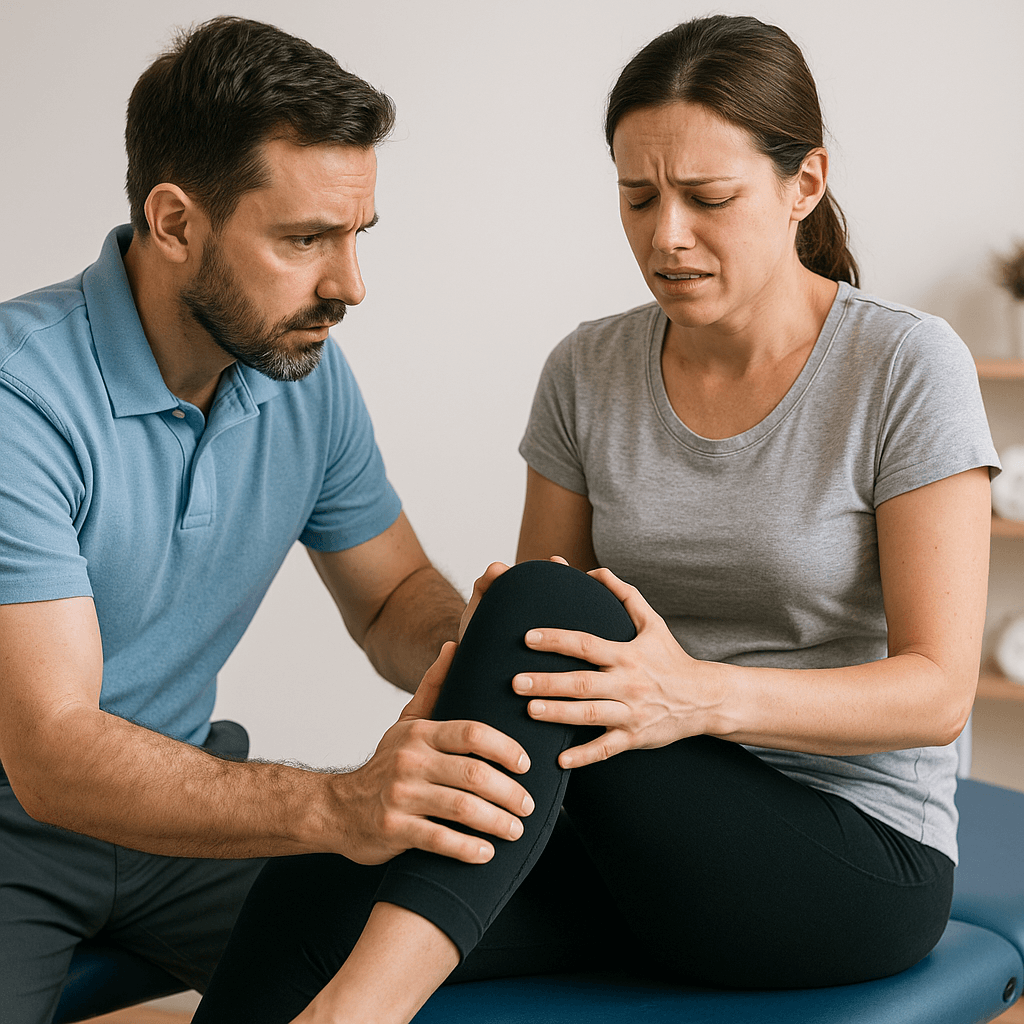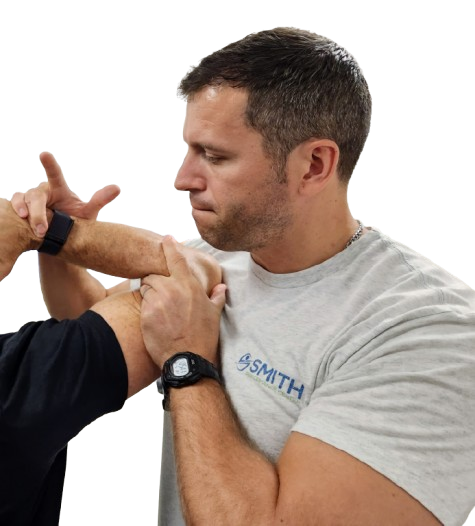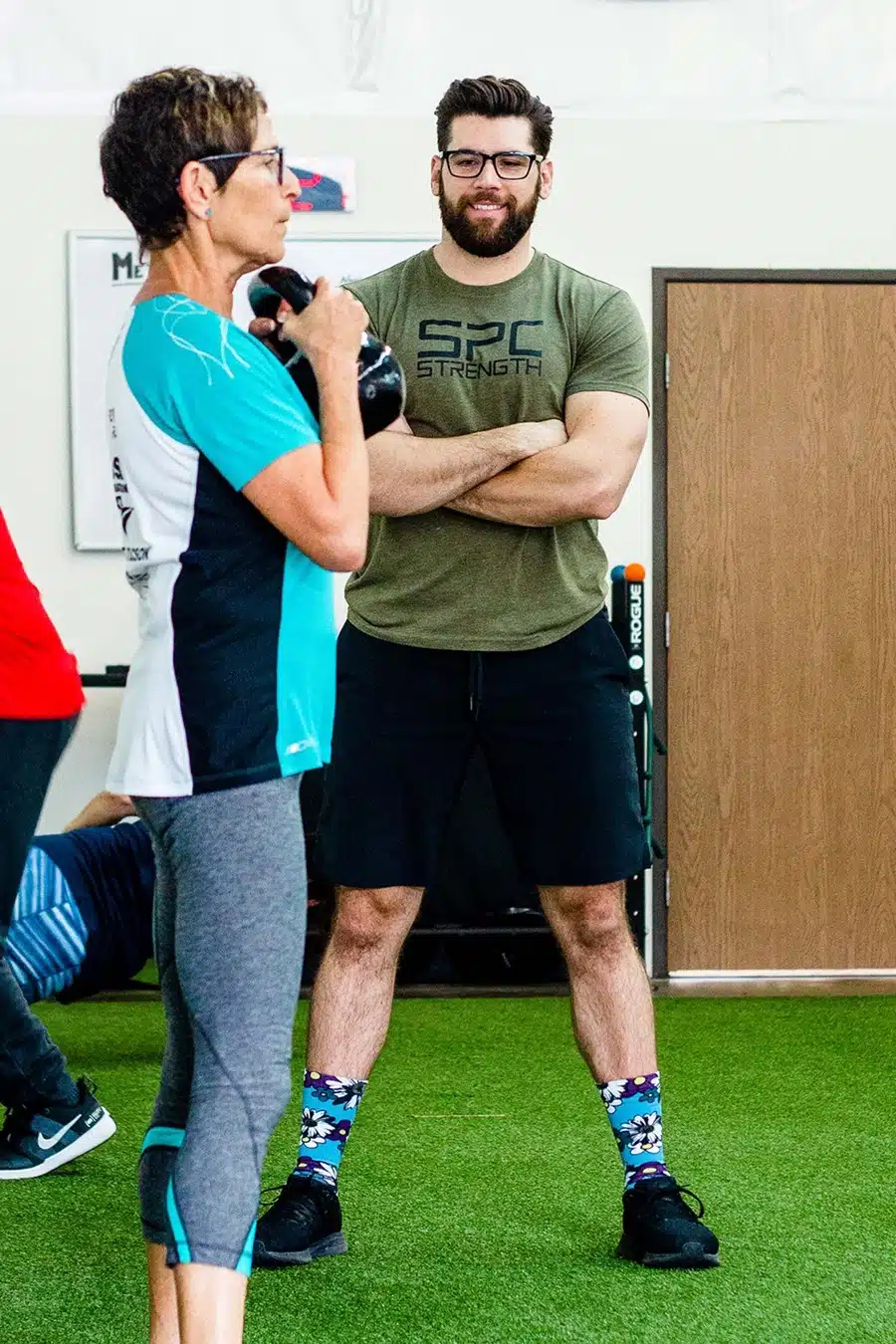The significance of the home plan often gets overshadowed by in-session treatment.
At Smith Performance Center, our physical therapy sessions are one hour per week with your therapist. You are responsible for the other 167 hours. Due to this, the home plan is a vital component of your physical therapy journey, capable of either propelling your progress or impeding it. It’s not uncommon for our team to encounter new clients who’ve stuck to the same ineffective home plan for years, making errors like stretching an irritated nerve, overloading painful joints, or handling an extensive plan that goes largely undone. These missteps tend to patients undervaluing the home plan.
However, the home plan stands as a linchpin for your success.
We want to explain the 7 key reasons why the home plan is vital for success in physical therapy.
Ensuring We Target the Right Problem
There are instances where immediate relief is felt after the first session, yet this isn’t always the case.
If an 80% improvement isn’t achieved in the initial session, it prompts us to test our primary hypothesis. Utilizing a highly specific home plan focused on a single diagnosis boosts the likelihood that we’re targeting the right tissue based on your overall response.
In our strategy-based approach, the accuracy of the diagnosis is crucial. If incorrect, it impedes our ability to empower you with self-management skills or advance towards increased activity. The home plan serves as a means to confirm we’re addressing the right problem.
Managing Specific Triggers Instead of Stopping All Activity
Consider this: slamming your finger in a door causes pain.
Various remedies like icing, gentle massages, medications, manual therapy, and range of motion routines can be applied. However, if the finger continues to be slammed, healing won’t occur, rendering physical therapy ineffective.
Trigger management within the home plan is more than just halting an activity. It involves the targeted elimination of pain-inducing factors. For example, if downhill running causes discomfort, the solution isn’t to cease running altogether. Instead, we tailor your running routine to include primarily uphill or flat terrains, interspersed with brief, pain-free downhill runs.
Stopping all running is not a solution even if you experience pain reduction.
This diminishes fitness and doesn’t address the root problem.
When you try to run again, you typically find that the pain with downhill running is still there.
Flare-ups happen
During recovery from an injury, you start to feel better and naturally do more.
This often leads to flare-ups. A well-developed home plan, stress-tested with your physical therapist, empowers you to self-manage these episodes. Your success hinges on building proficiency with the plan’s exercises and activities. Otherwise, normal flare-ups lead to complete rehab failure.
It may seem straightforward, yet many patients overlook the importance of honing their skill set within the home plan.
Lack of familiarity and poor performance with exercises leads to failure during flare-ups. You will find it more difficult to execute the plan when you have a flare-up. This is the time when your practice leads to better outcomes.
So, especially at the start, progressing difficulty isn’t always the main thing in the home plan. Instead, it’s about getting really good at what is helping you with your pain.
Boosts your confidence
When you handle a flare-up on your own, without medication or a therapist’s help, your fear of the injury begins to fade.
Injuries affect your mind as much as your body, which isn’t often talked about. The home plan empowers you, putting you in control and giving you confidence that your body isn’t letting you down.
You can identify low confidence if you believe your body is too old for certain activities, if you’ve halted things you love due to fear, or if everyday activities seem risky to you. These signs must be targeted by your home plan.
Boosting your confidence is just as important as healing your tissue.
Enhancing Your Tissue Capacity
One of the most common missteps in activity progression is surpassing your tissue’s capacity.
Our team refers to this as a violation of the rehab standard. This standard emphasizes progression based on what your tissues can manage, not solely on your exercise capabilities. Those familiar with exercise often mistakenly focus on the wrong aspect when returning to workouts, overloading their injured tissues. They seemed baffled because the exercise felt easy. But your exercise capacity is not the target of your workouts and so the difficulty is not what matters. You set the workout intensity at the level where the tissue responds well.
Your home plan plays a pivotal role in preparing your tissues and strengthening them to endure increased stress. This might involve tailored warm-ups, cooling routines, or exercises to undertake post-activities causing discomfort.
The ideal approach in home plan development is to pair an activity you enjoy with a carefully crafted plan that turns it into a therapeutic experience.
Addressing Contributing Factors in Pain and Injury
A common mistake in devising a home plan is placing priority on contributing factors before confirming the diagnosis.
This assumption overlooks the possibility that these factors may not be the actual root cause of symptoms. Simply resolving contributing factors may not necessarily alleviate the injured tissue, as direct treatment often resolves these factors.
Despite this oversight, an effective home plan should focus on contributing factors that exacerbate pain, prolong recovery, or increase the risk of future flare-ups.
Consider a case of sharp heel pain attributed to the flexor digitorum brevis.
Upon treating the injured tissue, the patient experiences relief. Subsequently, we notice symptoms triggered by toe digging, leading us to devise a trigger management plan. As the patient resumes normal activity, their balance is assessed, revealing a tendency to dig their toes due to poor balance. The poor balance is a contributing factor that needs to be addressed in the home plan.
Improving this balance becomes crucial, significantly reducing the risk of flare-ups in the flexor digitorum.
Managing Recurring Injuries
It’s important to distinguish between recurring injury and a flare-up.
A recurring injury typically heals and there will be periods of time without any pain or disability then it comes back. A flare-up occurs within a period of time when the symptoms are present, prior to the complete resolution of symptoms. With an injury, the likelihood of its recurrence is high. Preventing a recurring injury completely is improbable.
However, this doesn’t necessitate stopping the activity that causes it altogether.
If symptoms resurface later, it’s crucial to address them promptly, and the home plan should be your first recourse.
It serves as a reliable tool when symptoms reappear.
Your Home Plan During Physical Therapy
The home plan is the tool that sets you free.
We focus heavily on developing your skill during the ‘Symptom Stabilization’ Phase at Smith Performance Center and use the home plan to support the ‘Activity Progression’ Phase.
We don’t see long-term success without a home plan that works for you.
If you have failed at physical therapy or think that your home plan is not helping, let us know.







